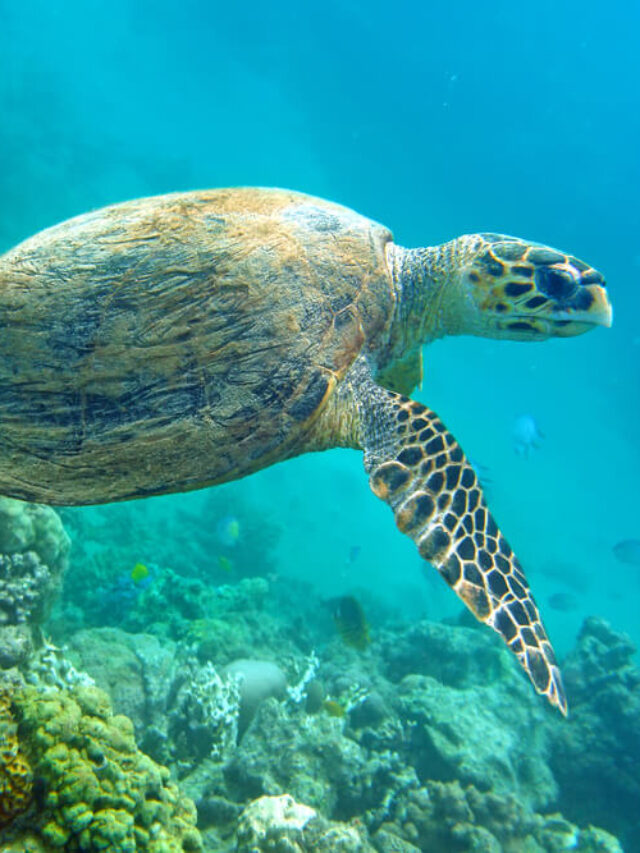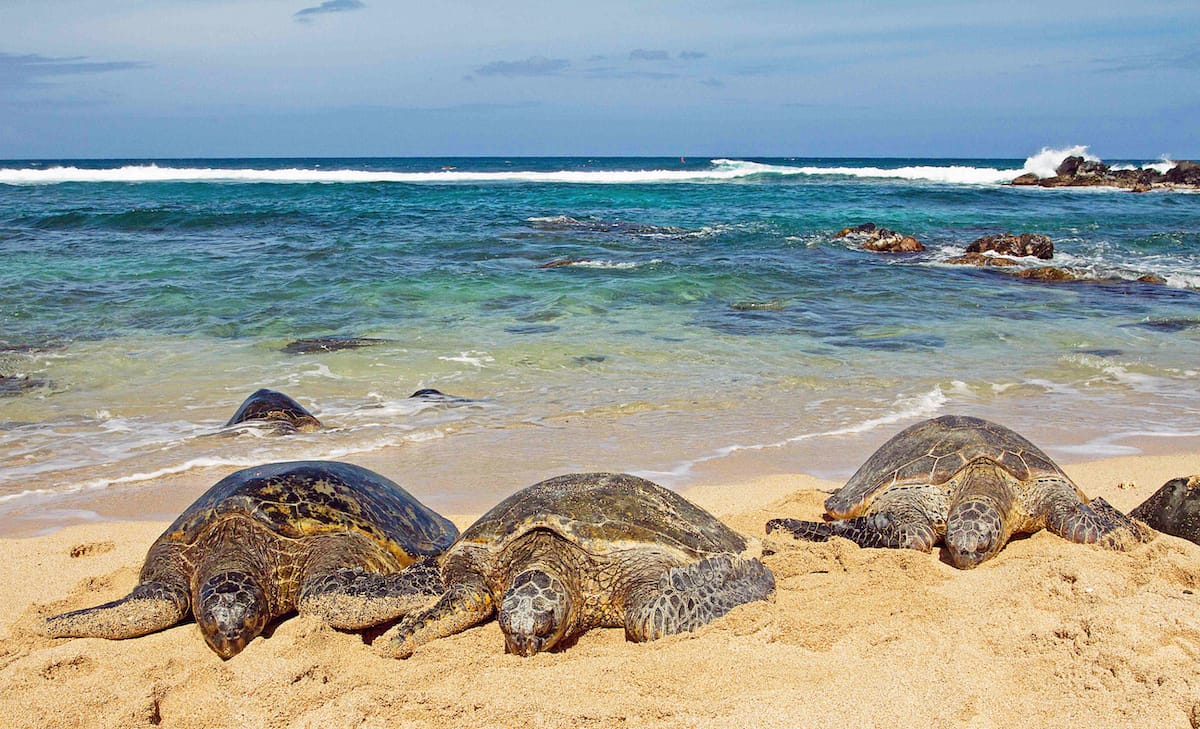
Where Ancients Roam: The Best Places to See Sea Turtles on Turtle Island
In the vast, enigmatic tapestry of our planet’s oceans, few creatures command as much reverence and fascination as the sea turtle. These ancient mariners, with their serene demeanor and formidable endurance, have navigated Earth’s waters for over 100 million years, predating even the dinosaurs. To witness them in their natural habitat is not merely an observation; it is a profound connection to a primeval world, a fleeting glimpse into the enduring rhythm of life. And for those seeking this unparalleled experience, there is one name that resonates with unparalleled promise: Turtle Island.
Turtle Island, a name often whispered with a mix of awe and wonder, isn’t just a geographical location; it’s a beacon of hope, a sanctuary meticulously preserved for the survival of these magnificent reptiles. While various islands globally bear this moniker or are renowned for their turtle populations, the essence of "Turtle Island" embodies a pristine haven where conservation efforts are paramount, and the chances of encountering sea turtles are exceptionally high. Here, amid its crystal-clear waters and sun-drenched shores, lie the best opportunities to observe these gentle giants, both on land and beneath the waves.
The Allure of Turtle Island: A Sanctuary Unveiled
Imagine an island where the golden sands are undisturbed save for the tell-tale tracks of a nesting mother, and the vibrant coral reefs teem with life, offering a safe haven for foraging turtles. This is the heart of Turtle Island. Its remote location, coupled with stringent protection policies, has fostered an environment where sea turtles can thrive, free from the major threats that plague their species elsewhere. The island’s unique ecological profile – a blend of shallow seagrass beds, nutrient-rich coral ecosystems, and undisturbed sandy beaches – makes it an irresistible magnet for several sea turtle species at various stages of their life cycle.
The commitment to conservation here is palpable. Dedicated rangers and marine biologists work tirelessly, monitoring nesting sites, managing hatcheries, and educating visitors. This integrated approach not only safeguards the turtles but also ensures that human interaction is respectful, educational, and non-intrusive. It’s a delicate balance, but one that Turtle Island has mastered, transforming it into a living laboratory and an unparalleled ecotourism destination.

Species Spotlight: The Residents of Turtle Island
Turtle Island is a vibrant cross-section of global sea turtle diversity, primarily hosting two of the most iconic species: the Green Sea Turtle (Chelonia mydas) and the Hawksbill Sea Turtle (Eretmochelys imbricata). Occasionally, the majestic Leatherback (Dermochelys coriacea) or the smaller Olive Ridley (Lepidochelys olivacea) may also grace its shores or waters, adding to the rich tapestry of marine life.
The Green Sea Turtle, named for the greenish hue of its fat (not its shell), is a gentle giant, often growing up to five feet in length and weighing over 700 pounds. As adults, they are primarily herbivorous, grazing on seagrass and algae – a crucial ecological role that helps maintain the health of marine ecosystems. Their graceful, powerful flippers propel them effortlessly through the water, making them a breathtaking sight for divers and snorkelers.
The Hawksbill Sea Turtle, smaller and more agile, is easily identifiable by its distinctive, pointed beak-like mouth and beautiful, overlapping scutes on its carapace. These features are perfectly adapted for its diet: meticulously extracting sponges from coral reefs. Hawksbills are vital for reef health, as their consumption of sponges prevents these organisms from outcompeting corals. Their intricate shell patterns, once prized for "tortoiseshell" products, sadly led to severe population declines, making their presence on Turtle Island all the more precious.
On the Beach: The Ancient Ritual of Nesting and Hatching
Perhaps the most profoundly moving experiences on Turtle Island occur after dusk, on its pristine beaches. This is where the ancient cycle of life unfolds, a spectacle that has played out for millennia.
Nesting Beaches: A Nighttime Spectacle
As twilight deepens and the moon casts its ethereal glow, the silent, arduous journey of a female sea turtle begins. Propelled by an instinct honed over eons, she emerges from the waves, hauling her massive body across the sand, searching for the perfect spot above the high-tide line. With her powerful rear flippers, she meticulously digs a flask-shaped nest chamber, a process that can take hours. Then, in a trance-like state, she begins to lay her clutch of eggs – typically 80 to 120 soft, leathery spheres.
Witnessing this incredible event is an exercise in patience and quiet reverence. Visitors are often accompanied by trained rangers who ensure minimal disturbance. The soft glow of a red-filtered flashlight (white light can disorient turtles) might illuminate the tear-like secretions that help clear sand from her eyes, a poignant reminder of her ancient lineage. "Every time a turtle lays eggs, it’s a miracle, a testament to enduring life," remarks a seasoned park ranger, emphasizing the fragility and resilience of these creatures. The sheer determination in her eyes, the rhythmic drop of each egg, and the subsequent tireless effort to camouflage her nest before returning to the sea, leave an indelible mark on all who are privileged to observe it.

Hatchling Emergence: The Race for Survival
Approximately 60 days later, another miracle unfolds. Beneath the sand, a flurry of activity signals the synchronized emergence of hundreds of tiny hatchlings. Guided by an innate compass, they erupt from their sandy cradle, a torrent of miniature life driven by the primal urge to reach the ocean. This mad dash, often occurring under the cloak of darkness to avoid predators, is a perilous journey. Only a tiny fraction – perhaps 1 in 1,000 to 10,000 – will survive to adulthood.
On Turtle Island, dedicated hatcheries provide a crucial head start. Eggs laid in vulnerable spots are carefully relocated to protected enclosures, and hatchlings are often released under the watchful eyes of conservationists. To witness these miniature marvels scrambling towards the breaking waves, their tiny flippers churning furiously, is an experience filled with both awe and a deep sense of responsibility. It’s a poignant reminder of life’s fragility and the immense challenges these creatures face from their very first breath.
In the Water: A World of Grace and Wonder
While the beach offers profound terrestrial encounters, the true magic of sea turtles often reveals itself beneath the waves. The vibrant marine ecosystems surrounding Turtle Island are bustling with these magnificent creatures, offering unparalleled opportunities for snorkeling and diving.
Coral Reefs and Seagrass Beds: The Turtles’ Dining Halls
The extensive coral reefs and lush seagrass beds that encircle Turtle Island serve as vital feeding grounds and resting spots. Green sea turtles gracefully glide through the seagrass meadows, their powerful jaws snipping at the nutrient-rich blades, essential for maintaining the health of these underwater pastures. Hawksbills, with their slender beaks, can be observed meticulously picking sponges and other invertebrates from the intricate crevices of the coral, often seeming completely unfazed by human presence, provided observers maintain a respectful distance.
Dive sites like "Emerald Cove" or "The Western Reefs" are renowned for their consistent turtle sightings. Here, the water’s clarity often exceeds 30 meters, allowing for spectacular visibility. To drift alongside a majestic Green turtle, watching it effortlessly navigate its underwater world, is an experience of pure serenity. Their slow, deliberate movements, punctuated by occasional breaths at the surface, speak of an ancient wisdom and an intimate connection to the ocean. "To witness a sea turtle’s journey, from a tiny hatchling scrambling to the sea to a majestic adult gliding through the ocean, is to witness the very pulse of our planet," an enthusiastic diver once recounted, capturing the essence of the experience.
Mating Rituals and Rest Stops
While less commonly observed by casual visitors, the waters around Turtle Island also host the intricate mating rituals of sea turtles. These fascinating encounters involve male turtles vying for the attention of females, often in spectacular underwater displays. Shallow, protected bays also serve as crucial rest stops, where turtles can be found "sleeping" under ledges or nestled within the seagrass, providing a unique opportunity to observe their peaceful repose. The "lost years"—the period from hatching until turtles reappear in coastal waters, often a decade or more—remain largely a mystery, making every adult sighting a testament to their incredible journey and survival.
Conservation Efforts and Responsible Tourism
The unparalleled opportunities to observe sea turtles on Turtle Island are a direct result of its robust and unwavering commitment to conservation. A dedicated team of marine biologists, park rangers, and local volunteers work tirelessly on various initiatives:
- Hatchery Management: Protecting eggs from predators and environmental threats.
- Research & Monitoring: Tracking turtle populations, migration patterns, and health.
- Anti-Poaching Patrols: Safeguarding turtles from illegal hunting.
- Habitat Restoration: Protecting and restoring coral reefs and seagrass beds.
For visitors, responsible tourism is not just encouraged; it is mandatory. Strict guidelines are in place to ensure that human presence does not negatively impact the turtles:
- Maintain Distance: Always keep a respectful distance from turtles, whether on land or in water.
- No Touching: Never touch, chase, or attempt to feed a sea turtle.
- Flash Photography Prohibited: Especially during nesting and hatching, bright lights can disorient turtles.
- Support Ethical Operators: Choose tour operators that prioritize conservation and adhere to strict environmental standards.
- Leave No Trace: Take all rubbish with you and avoid disturbing the natural environment.
By adhering to these principles, visitors become active participants in the conservation story, ensuring that future generations can also marvel at these magnificent creatures.
The Unforgettable Experience
A visit to Turtle Island is more than just a holiday; it’s an immersive journey into the heart of marine conservation and an encounter with some of Earth’s most ancient and vulnerable inhabitants. The quiet thrill of witnessing a mother turtle lay her eggs under a blanket of stars, the heartwarming sight of hundreds of hatchlings making their desperate dash for the ocean, or the serene majesty of a Green turtle gliding effortlessly through a coral garden – these are moments that transcend ordinary experience. They forge a profound connection, reminding us of the intricate web of life and our responsibility to protect it.
Turtle Island stands as a testament to what can be achieved when human dedication aligns with the needs of nature. It is not merely a destination but a living, breathing promise that these ancient mariners will continue to grace our oceans for generations to come. For anyone seeking to witness the wonder of sea turtles, in their most authentic and protected form, Turtle Island remains the ultimate pilgrimage.


